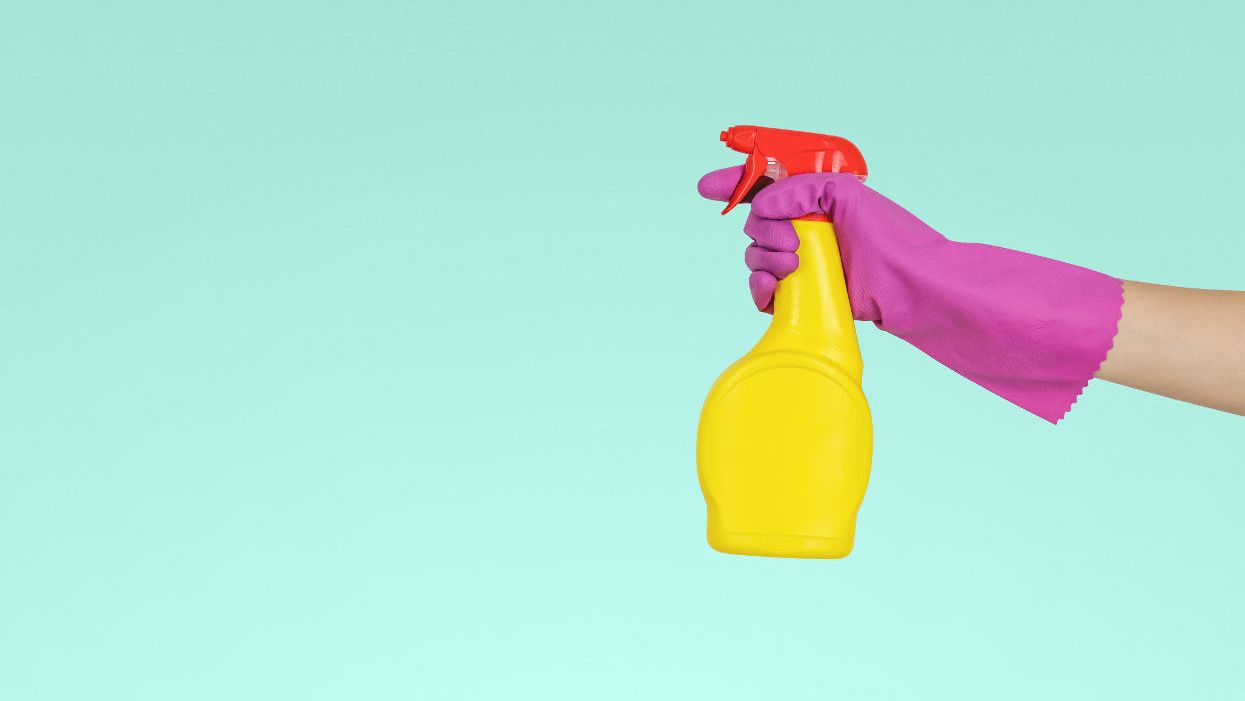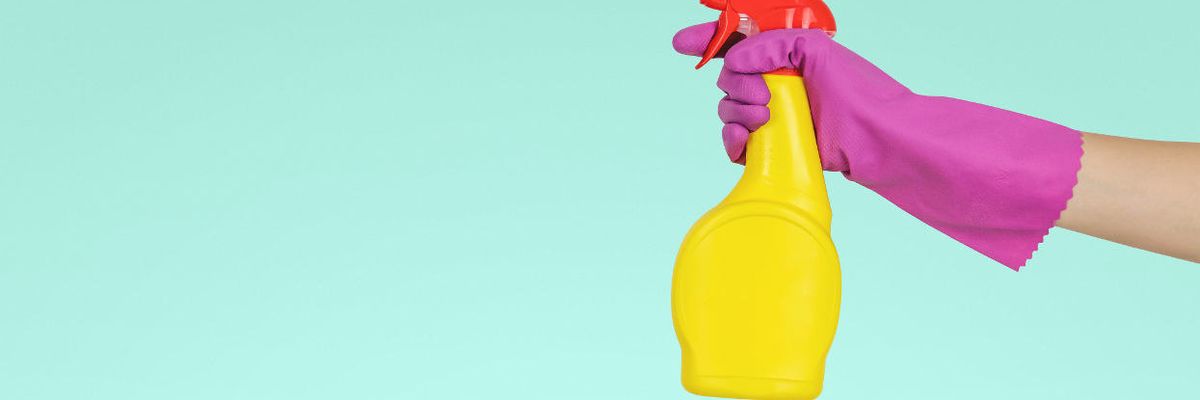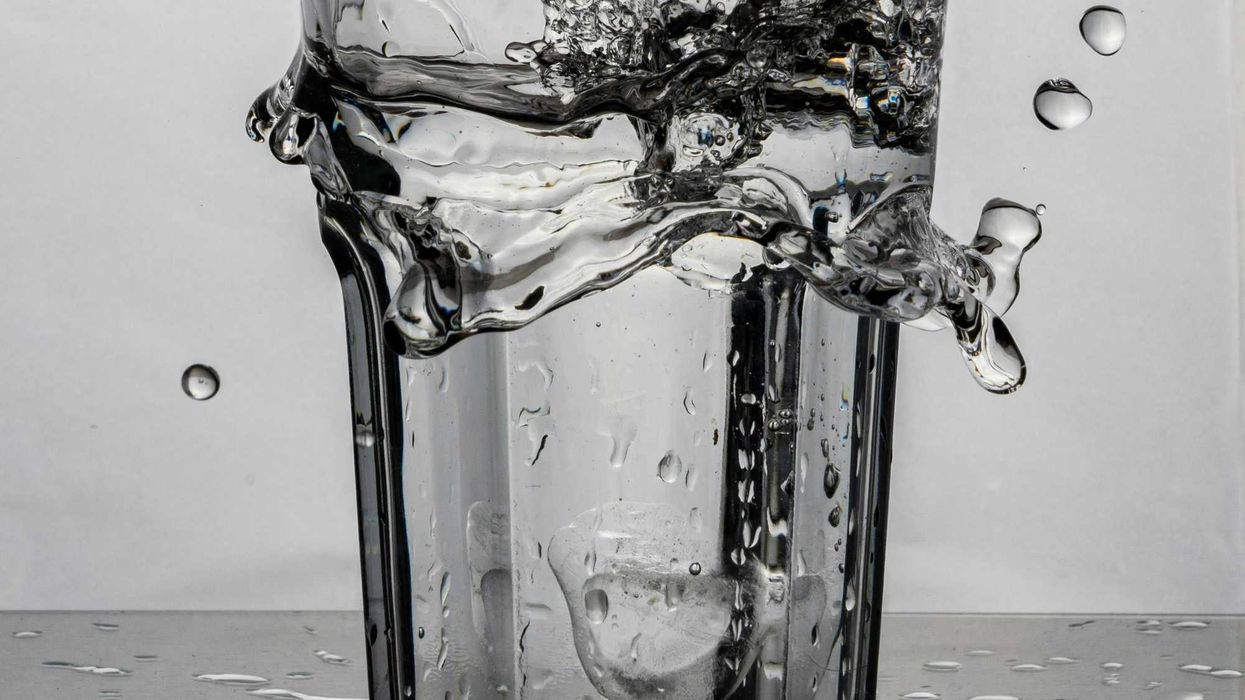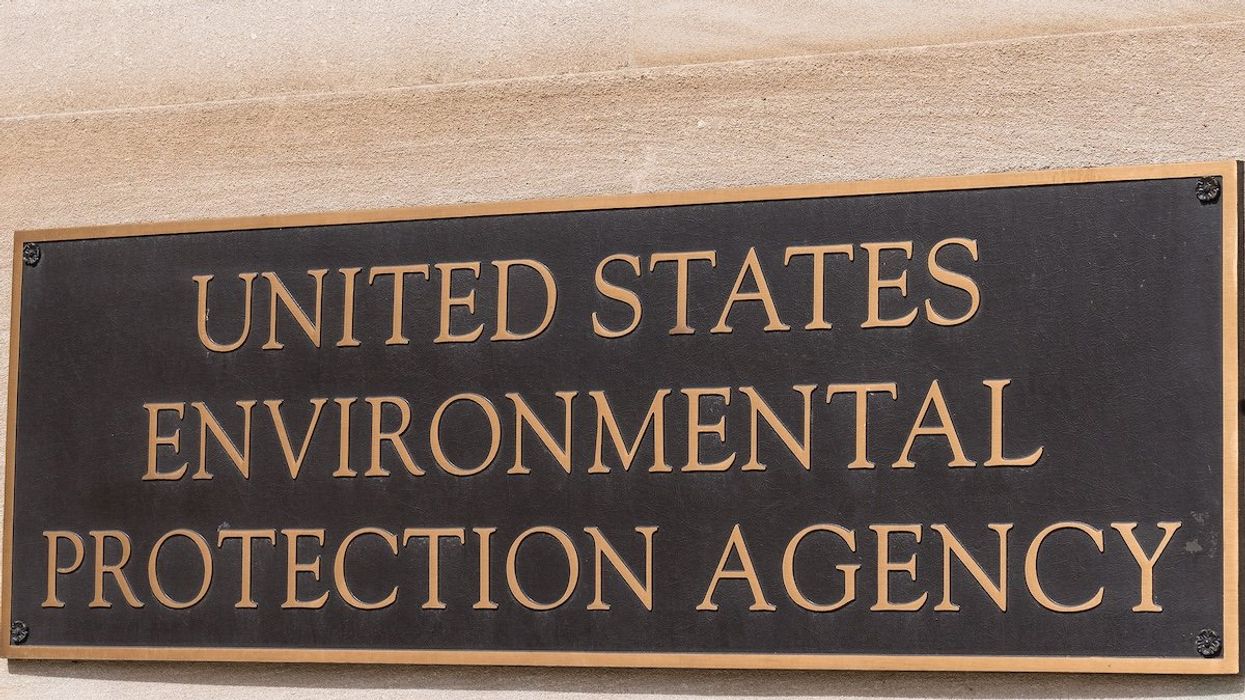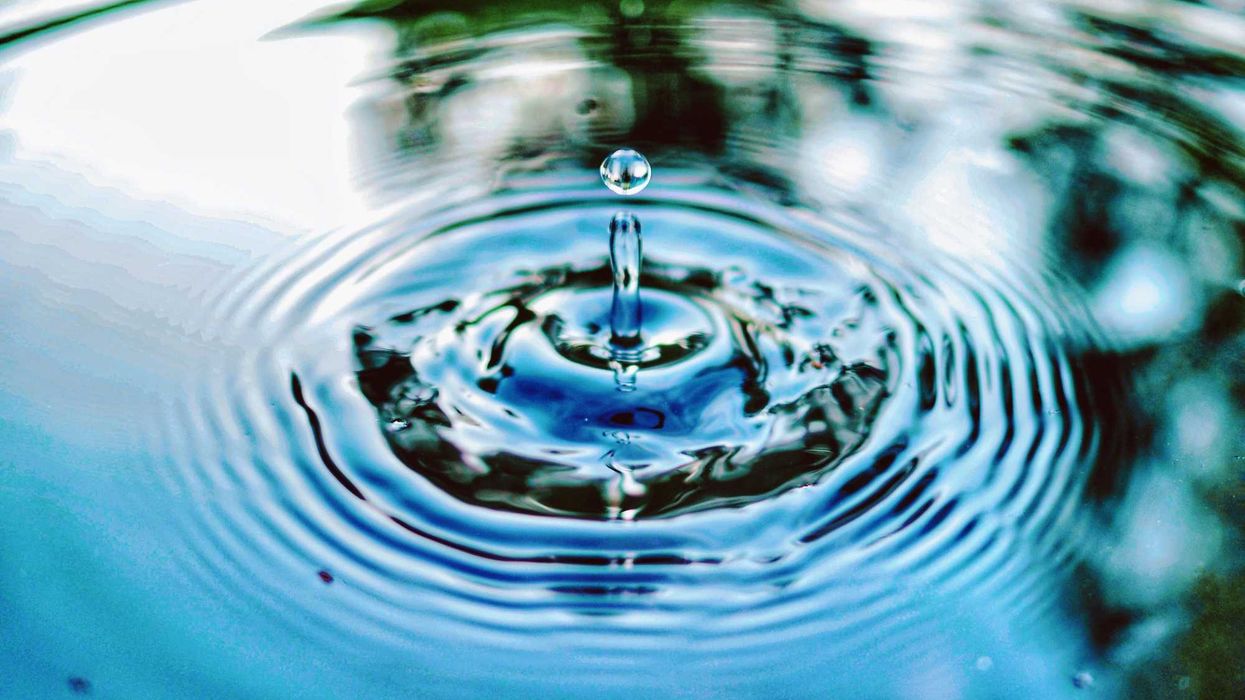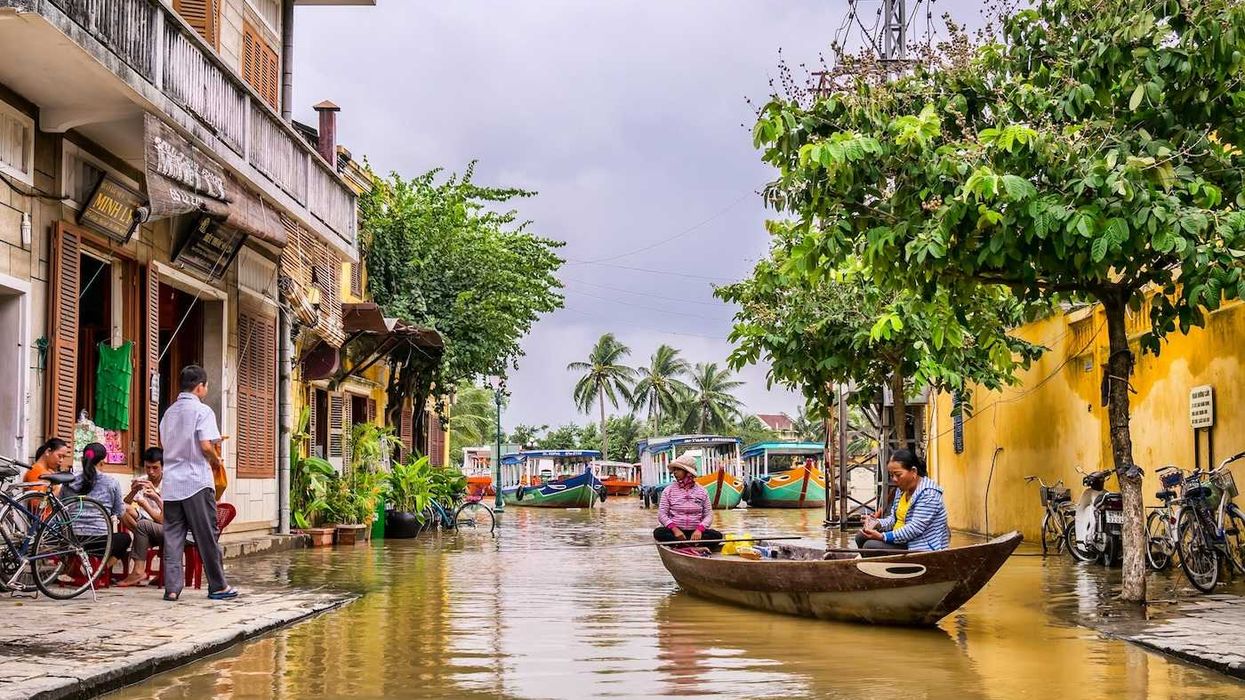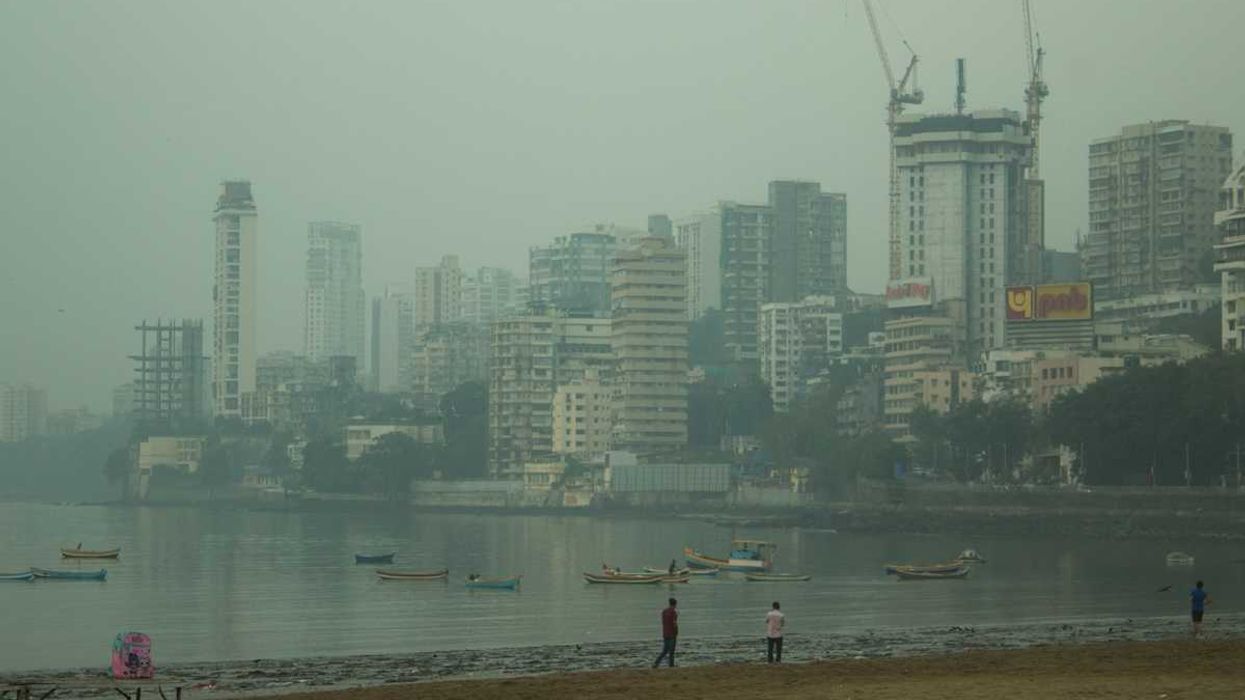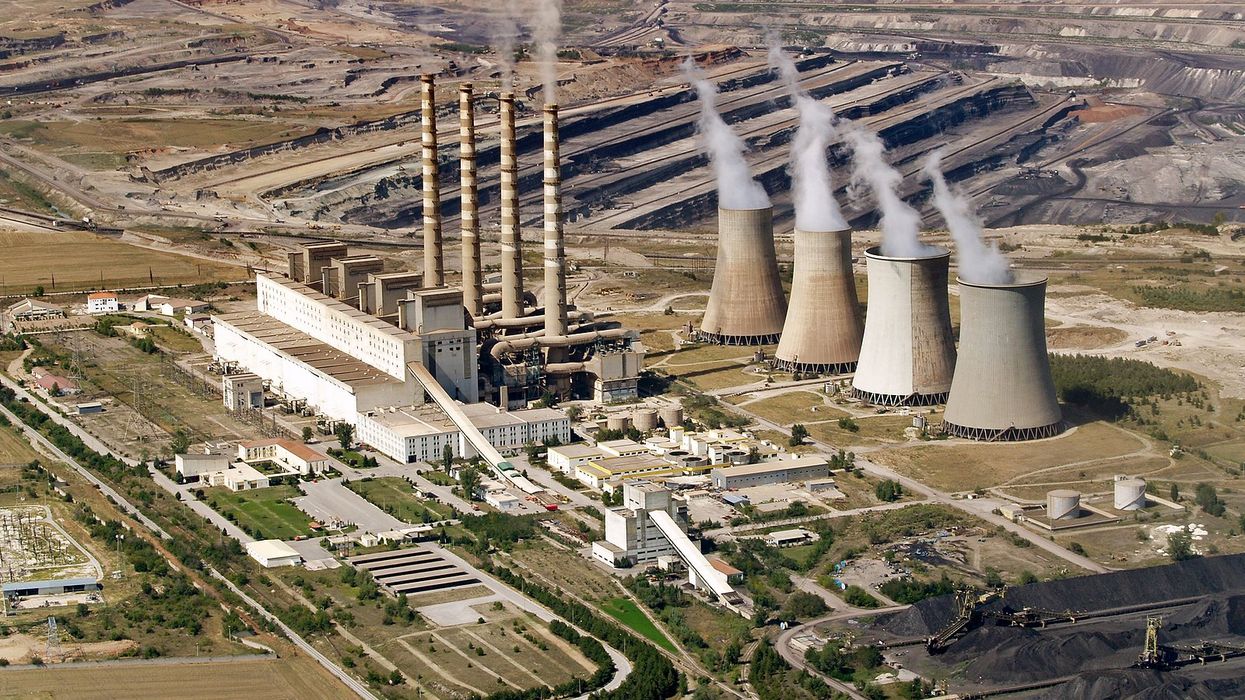In the midst of a pandemic, sales of cleaning products have skyrocketed, and many feel a need to clean more often. Knowing what to look for when purchasing cleaning supplies can help prevent unwanted and dangerous toxics from entering your home.
One of our recent articles, "Disinfection dangers: How to avoid viruses without exposing yourself to toxics," gives readers an in-depth look at cleaning and disinfecting in a safe manner.
Here, we're going to boil down exactly what to look for when you're faced with shelves upon shelves of cleaning products.
1. Fragrance - avoid it.
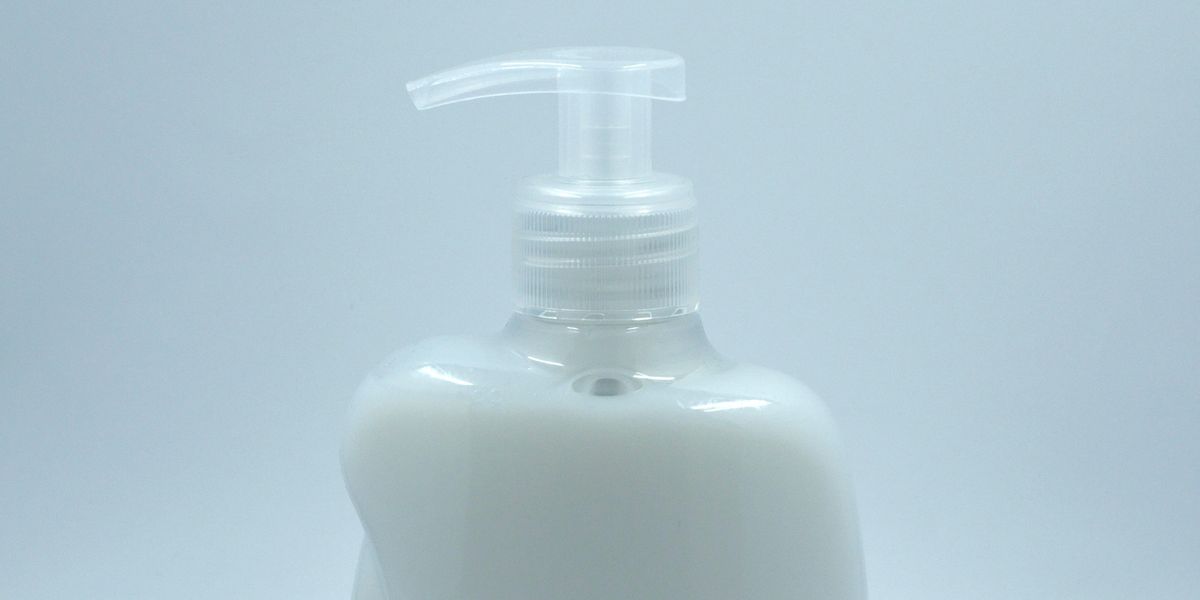
Credit: (Brett Jordan /Unsplash)
One of the fastest ways to narrow down your product options is immediately eliminating any product that promotes a fragrance, or parfum. That scent of "fresh breeze" or lemon might initially smell good, but the fragrance does not last. What does last? The concoction of various undisclosed and unregulated chemicals that created that fragrance.
Many fragrances contain phthalates, which are linked to many health risks including reproductive problems and cancer.
2. With bleach? Do without

Going scent-free should have narrowed down your options substantially - now, check the front of the remaining packaging. Any that include ammonia or chlorine bleach ought to go, as these substances are irritating and corrosive to your body. While bleach is commonly known as a powerful disinfectant, there are safer alternatives that you can use in your home, such as sodium borate or hydrogen peroxide.
While you're at it, check if there are any warnings on the label - "flammable," "use in ventilated area," etc. - if the product is hazardous, that's a red flag and should be avoided.
3. Check the back label

Credit: (Kelly Sikkema /Unsplash)
Flip to the back of the remaining contenders and check out that ingredient list. Less is more, here; opt for a shorter ingredient list with words you recognize and/or can pronounce.
You may notice many products do not have ingredient lists - while this doesn't necessarily mean they contain toxic ingredients, transparency is key. Feel free to look up a list online, or stick to products that are open about their ingredients.
4. Ingredients to avoid

Credit: (Marco Verch/flickr)
We already mentioned that cleaners containing fragrance or parfum, and bleach or ammonia should be avoided, but there are other ingredients to look out for as well.
- Quaternary ammonium "quats" - lung irritants that contribute to asthma and other breathing problems. Also linger on surfaces long after they've been cleaned.
- Parabens - Known hormone disruptor; can contribute to ailments such as cancer
- Triclosan - triclosan and other antibacterial chemicals are registered with the EPA as pesticides. Triclosan is a known hormone disruptor and can also impact your immune system.
- Formaldehyde - Causes irritation of eyes, nose, and throat; studies suggest formaldehyde exposure is linked with certain varieties of cancer. Can be found in products or become a byproduct of chemical reactions in the air.
Cleaning products and toxics: the bottom line
Do your research. There are many cleaning products available, but taking these steps will drastically reduce your options and help keep your home toxic-free. Protecting your home from bacteria and viruses is important, but make sure you do so in a way that doesn't introduce other health risks into the home.
Want more information? Check out our free newsletters to stay up to date on news about toxics, the environment, our health and more.
Banner photo: JESHOOTS.COM/Unsplash

